The Bowl That Broke
Not long ago, one of my favorite ceramic tea bowls slipped from my hand and cracked.
It wasn’t a spectacular crash — just a quiet, final sound as it split neatly into two. For a moment I stared at the pieces, feeling the small grief that comes with watching something you love fall apart. My first instinct was to sweep it up and throw it away. But I stopped.
There was something about those fractured lines that felt deeply familiar — the way they caught the light, the way they revealed a story of use and time. That night I began reading about Kintsugi (金継ぎ), the Japanese art of mending pottery with lacquer dusted in gold. The more I read, the more I realized this wasn’t just a craft. It was a philosophy — one rooted in Zen and the aesthetics of wabi-sabi, celebrating imperfection and impermanence rather than denying them.
To repair a bowl with gold is not to disguise its cracks but to illuminate them. Each fracture becomes a thread of light, a quiet testament that something once broken can become even more beautiful.
“The world breaks everyone, and afterward, many are strong at the broken places.”
Ernest Hemingway
Wabi-Sabi and the Beauty of Imperfection
In Japanese aesthetics, wabi-sabi teaches us to appreciate what is imperfect, impermanent, and incomplete. It is the beauty of a fading leaf, the patina on a teapot, the uneven rim of a handmade cup. To see beauty in imperfection is to accept that nothing lasts — not the flower, not the bowl, not us.
Kintsugi makes wabi-sabi visible.
The repaired pottery is not restored to its original state — it is transformed. Its story is told through gold. The very lines that once marked its breaking now define its identity.
Zen shares this same truth through its concept of mujō (無常) — the impermanence of all things. In Shōbōgenzō, Zen master Dōgen wrote, “Impermanence itself is Buddha-nature.” To see impermanence is not to despair, but to awaken. What we call broken is simply change in progress.
Impermanence itself is Buddha-nature.
Zen master Dōgen
We spend so much of life resisting that truth — smoothing over flaws, hiding mistakes, polishing away time. Yet Kintsugi reminds us that our cracks are not failures. They are the evidence of having lived.
“The bowl was not ruined. It was rewritten.”
The Slow Art of Healing
To practice Kintsugi is to practice patience.
The traditional method uses urushi lacquer, a natural resin from the sap of the urushi tree found in East Asia. The process is slow — each layer of lacquer must cure in a humid environment, sometimes for weeks. The artisan cannot rush the drying or force the outcome. Every step is an act of mindfulness.
In this slowness lies a quiet lesson.
Modern life urges us to fix things quickly — to patch, replace, and move on. But healing, whether emotional or physical, does not obey our deadlines. It has its own rhythm, like the steady unfolding of a bud in spring.
Zen calls this patience nintai — a calm endurance rooted in presence. The Kintsugi master sits with the fragments, cleans them gently, applies lacquer with care, and waits. In that waiting, awareness deepens.
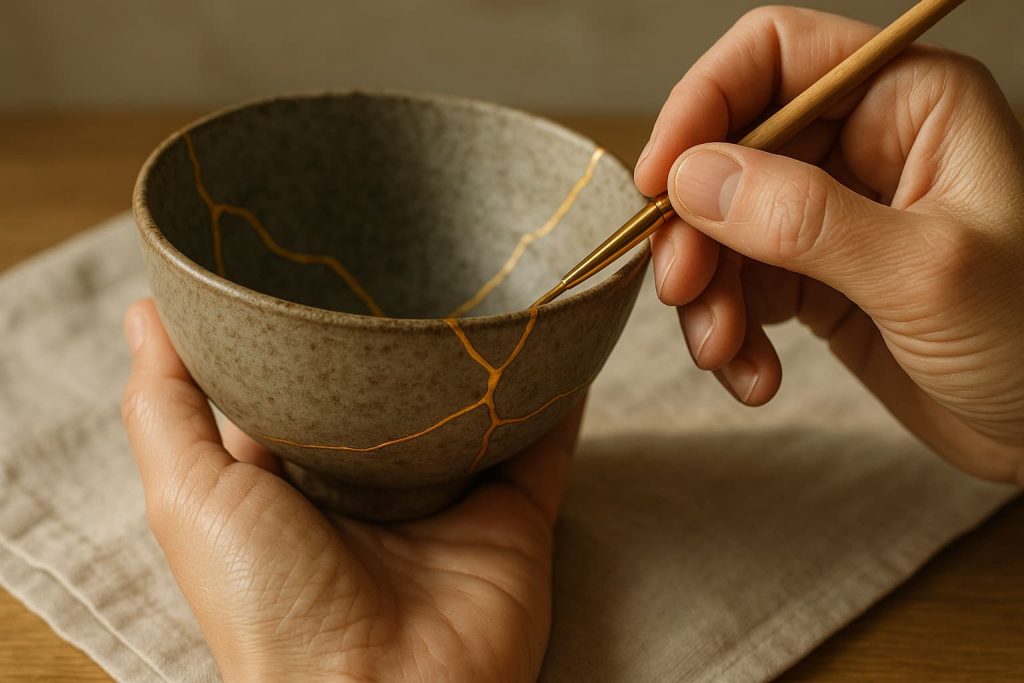
We, too, can learn to repair with presence.
To sit with our own cracks — the griefs, the disappointments, the small heartbreaks — without judgment. To let them breathe in the silence of time. Healing does not mean returning to who we were. It means becoming something new with what remains.
“The lacquer cures in its own time, not ours. Healing, too, has its rhythm.”
Nature’s Quiet Resilience
Every element of Kintsugi originates in nature. The lacquer that holds the pottery together comes from a living tree that produces resin to heal its own wounds. The urushi tree’s sap is a natural symbol of regeneration — it flows not to cover damage, but to restore balance.
In Zen, nature is not a teacher by metaphor — it is the lesson itself.
When we study the tree, we see how life continues to mend itself from within. When we listen to the wind through bamboo, we hear flexibility without resistance. Kintsugi invites us to mirror these truths: healing is not a heroic act, but a natural one.
Sometimes we imagine strength as loud and visible — muscles, triumphs, victories. But the urushi resin is almost invisible when it dries. The gold dust added later only reveals what was already holding everything together. That quiet strength feels deeply Zen: unseen, patient, enduring.
Wholeness begins in what we cannot see.
Just like the urushi tree, our bodies and minds possess a subtle capacity for renewal. Each time we face pain with mindfulness rather than avoidance, we release the natural resin of resilience.
The Gold Within
After the lacquer has set and the cracks are stable, the Kintsugi artisan dusts the repaired seams with fine gold or silver powder. It is a gesture of celebration — a luminous acknowledgment that transformation has occurred.
We often think of healing as erasure — as making pain disappear. But Zen teaches that to heal is to see clearly. The gold in Kintsugi is not decoration; it is illumination. It highlights the fracture as part of the whole.
There is a parallel here with our own emotional lives.
We all carry hidden seams — the experiences we’d rather forget or hide. Yet when we bring them into awareness with compassion, they begin to shimmer with meaning. This is the gold inside us — the quiet radiance that appears when we accept our vulnerability.
In Zen practice, this awareness is called shikantaza — “just sitting.” No striving, no judging, just observing what is. Through this kind of seeing, we realize that our scars are not our shame; they are our teachers.
The gold lines of Kintsugi invite us to live authentically, without the need to pretend perfection. They say: this is where I broke, and this is where I healed.
“The cracks remain, but they no longer hurt. They shine.”
Everyday Kintsugi
Kintsugi doesn’t have to live only on a pottery shelf or museum display. Its spirit can shape how we live each day.
- In relationships: when something breaks, pause before discarding it. A conversation, an apology, a small act of tenderness can become the lacquer that repairs trust.
- In the home: restore before replacing. A repaired object carries memory — a soft rebellion against a throwaway world. This ties naturally with Japandi design’s appreciation of sustainability, craftsmanship, and emotional calm.
- In ourselves: allow the moments of difficulty — loss, change, failure — to become the lines of gold that define who we are becoming.
To practice Kintsugi in life is to let go of the illusion that perfection is peace. True peace arises when we make friends with imperfection — when we see that what breaks us can also shape us.
Zen teaches that emptiness is not void but potential. Kintsugi gives it form.
The Space Around the Crack
In Japanese art, beauty often lies not in the object but in the space around it — what Zen calls ma (間). In a Kintsugi bowl, the gold seams create a rhythm of space — an interplay between what is whole and what is missing. It’s the pause between breaths, the silence between words.
Ma is what gives life balance.
In our own lives, it is the pause between doing and being — the stillness that allows insight to arise.
When we fill every silence, rush every process, or hide every flaw, we leave no room for beauty to emerge. The art of Kintsugi reminds us that space — both literal and emotional — is essential to transformation.
So next time something breaks, instead of reacting, breathe.
Leave a little ma — a moment of spacious awareness. That is where the gold will find its place.
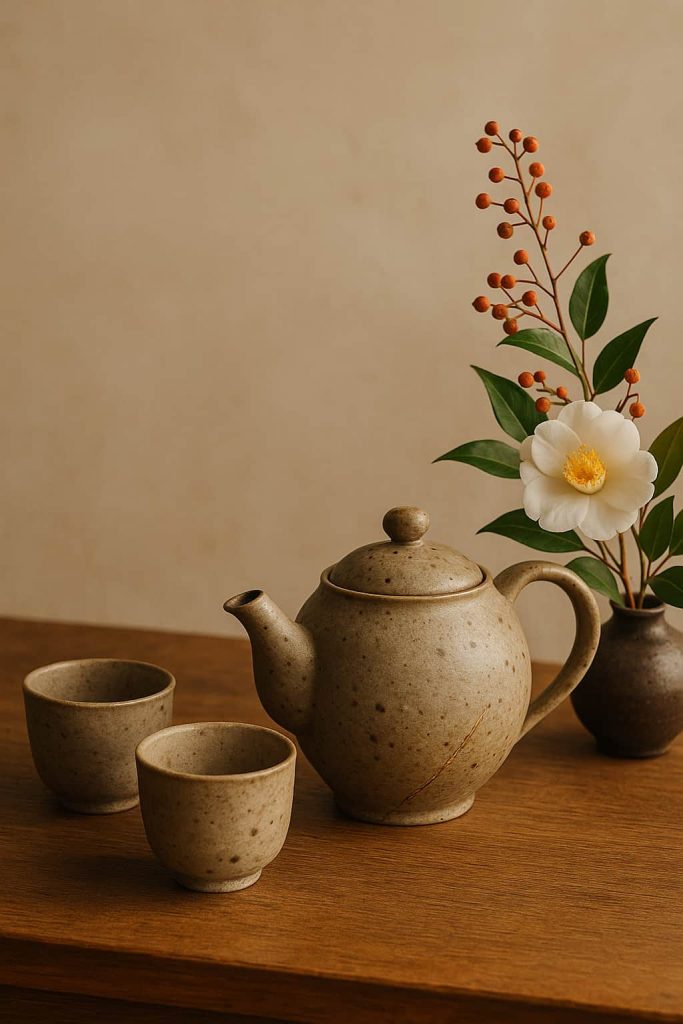
Reflection: Mending the Self
If Zen were to describe the human condition in one object, perhaps it would be a tea bowl — used daily, worn smooth by touch, occasionally chipped, and lovingly repaired.
We are all such bowls.
Life shapes us, seasons us, and sometimes shatters us. But each repair — each time we choose understanding over anger, presence over avoidance — adds a quiet shimmer to our being.
When I look at my once-broken bowl now, the gold seams catch the light like tiny rivers. They remind me of mornings spent in silence, of things lost and regained, of the beauty of resilience. It no longer hides its history. It carries it gracefully.
Kintsugi is not about perfection — it’s about wholeness.
Zen teaches that enlightenment is not an escape from life but intimacy with it.
To live with awareness is to hold the bowl of the present moment in both hands and see the gold already glimmering in its cracks.
We are all bowls in progress, gathering light in our fractures.
Read More:
- How Danshari Transforms Your Home into a Zen Sanctuary
- 10 Steps to Create a Beautiful Japandi Home
- 6 Japanese Home Rules to Bring Zen into Your Space
- How Mujō 無常 Inspires Zen Practice, Ukiyo-e Prints, and Modern Design
- How to Design a Biophilic Home That Feels Like a Breath of Fresh Air

At The Art of Zen we carry a selection of our own hand-crafted original Japanese art prints in the ukiyo-e and Japandi style. Some of our best selling work is Mount Fuji wall art and Japandi wall art.
Add some zen to your space with brilliant original art from the Art of Zen shop.
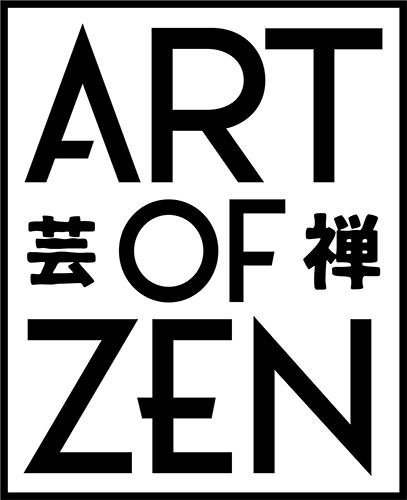
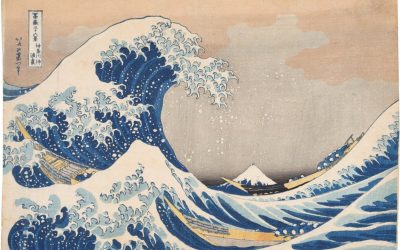
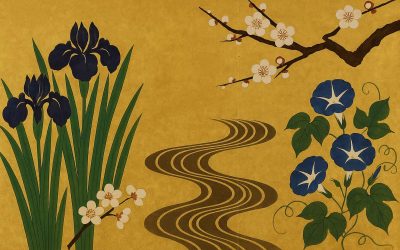

0 Comments